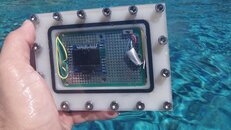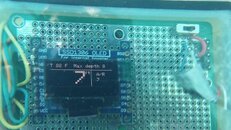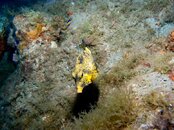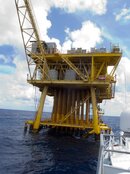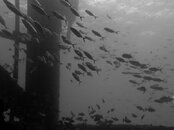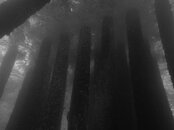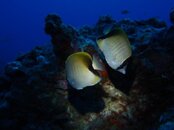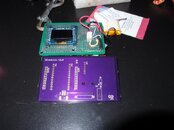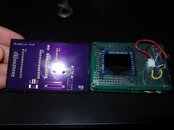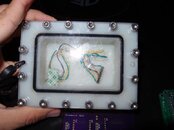buton
Contributor
Thanks I might go kick starter once the design is more solid and when I had some quotes from pcb designers...
About the graph, I was discussing the same with a friend..maybe it is not needed, big numbers will help more..
The fun thing once I release the code you will be able to have the ui you want...
About the graph, I was discussing the same with a friend..maybe it is not needed, big numbers will help more..
The fun thing once I release the code you will be able to have the ui you want...



